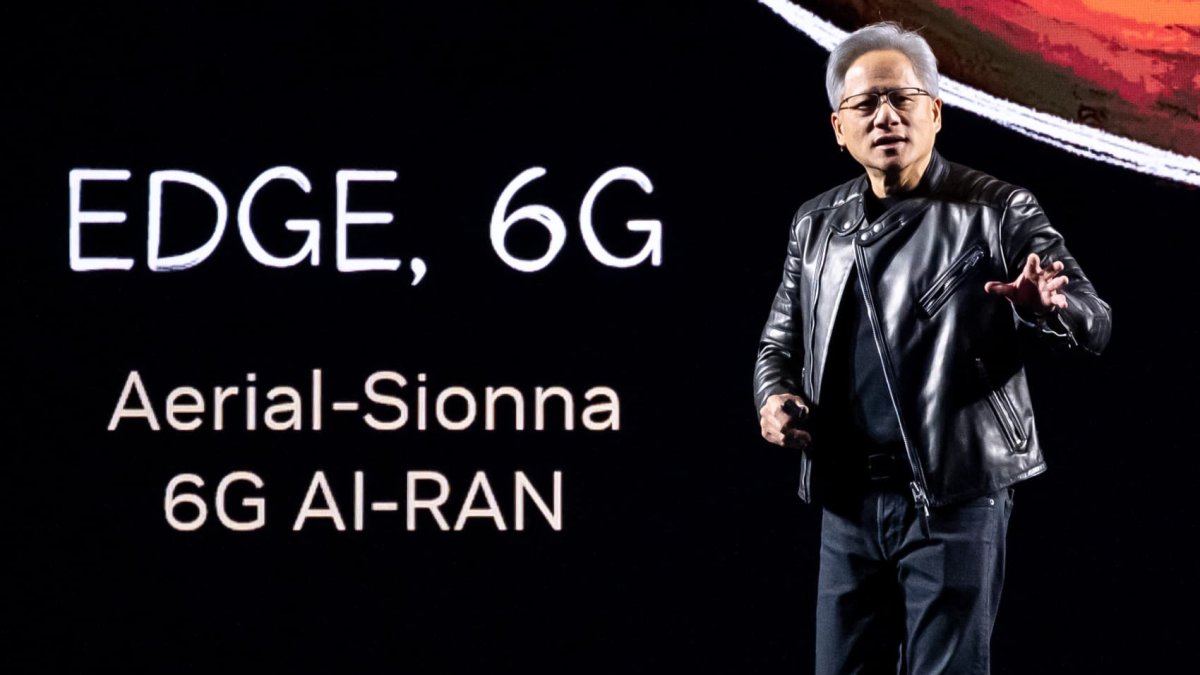
Nvidia announces Blackwell Ultra and Vera Rubin AI chips
- 18.03.2025 19:28
- nbcdfw.com
- Keywords: dangerous, success
Nvidia unveiled Blackwell Ultra and Vera Rubin AI chips at GTC. Blackwell Ultra enhances content generation speed for cloud services, while Vera Rubin, launching in 2026, offers advanced GPU performance. These updates mark Nvidia's move to an annual release cadence, driven by the exponential growth in AI demand.